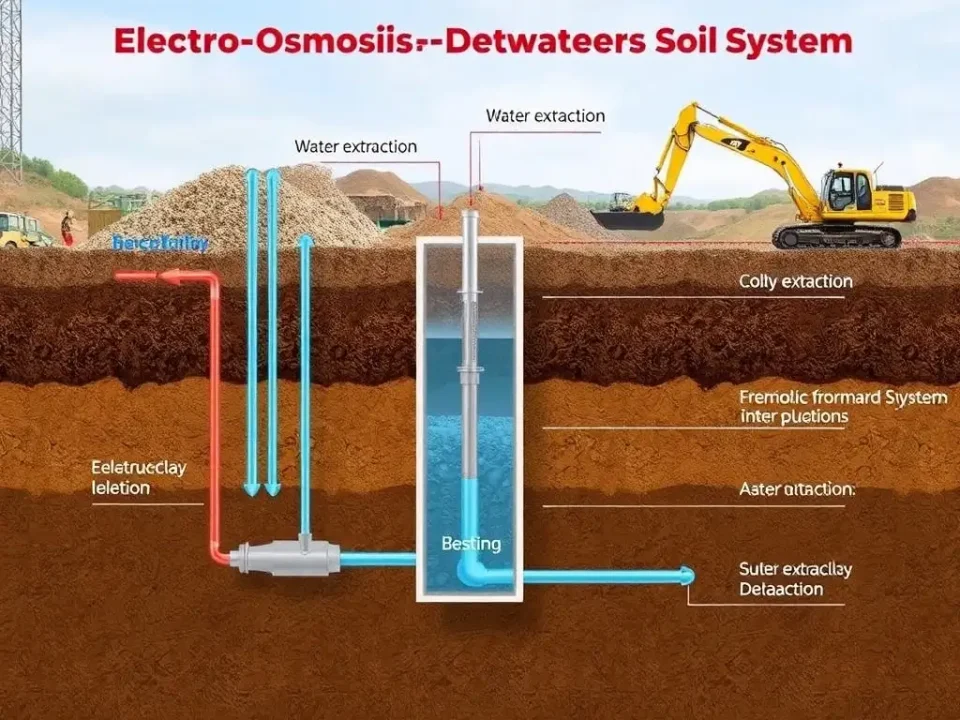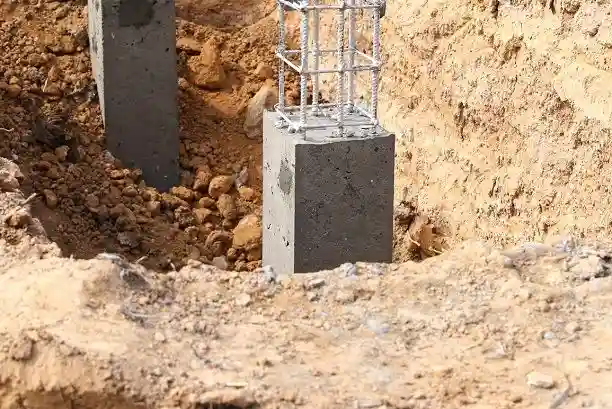
Concrete Dock Pilings: A Strong Foundation for Structures
September 19, 2024
Shoring Kuwait: Ensuring Stability in Construction Projects
October 2, 2024Pile piling in Kuwait is a fundamental technique used to guarantee the strength and longevity of structures, especially in areas with weak soil.
Whether you’re building high-rises, bridges, or industrial plants, understanding pile piling can make the difference between a strong, durable building and one vulnerable to shifting or collapse.
In this article, we’ll explore the significance of pile piling, discuss different types, and answer frequently asked questions to guide you through the essentials of this crucial construction process.
What is Pile piling in Kuwait?
Pile piling is the process of driving or placing long, vertical columns (known as piles) into the ground to support buildings and other structures.
These piles help distribute the load from the building to deeper, more stable soil or rock layers, providing greater stability than shallow foundations.
In this article we will answer a lot of questions.
Types of Piling Used in Kuwait
- Driven Piles: Pre-made piles are hammered into the ground using specialized equipment.
- Bored Piles: Holes are drilled into the ground, and concrete piles are cast in place.
- Screw Piles: These are rotated into the ground, creating stability through friction and resistance.
Each type has its specific use case, depending on soil conditions, load requirements, and environmental factors.
The hot, sometimes corrosive environment in Kuwait means that material selection, such as concrete or steel, is key for long-lasting foundation systems.
? Why Pile Piling is Important in Kuwait
Kuwait’s soil often consists of loose sand, particularly near the coast, where traditional shallow foundations can be inadequate.
Pile piling is essential to counter these conditions, as it ensures that buildings are anchored securely in deeper, stable soil layers, making them resistant to settlement and environmental factors such as high winds or seismic activity.
FAQs on Pile Piling
- What is the difference between pile and piling?
A pile is the individual column, usually made of concrete or steel, that is driven into the ground. Piling refers to the process of installing these piles to form a foundation for a building. - What does pile up piling mean?
This term refers to using multiple piles in close proximity to support heavy loads or reinforce foundations in areas with challenging soil conditions. - What are the three types of piling?
The three primary types are driven piles, bored piles, and screw piles, each serving different purposes based on the project requirements and soil conditions. - Is it piling or pilling?
In construction, the correct term is piling, referring to the process of driving piles into the ground. “Pilling” is a textile term and unrelated to construction. - What factors determine the depth of piles in Kuwait?
The depth depends on the soil’s composition and the load of the structure. In Kuwait, pile depths typically range from 20 to 50 meters to reach stable soil or bedrock. - What materials are best for piles in Kuwait?
Due to the harsh environment in Kuwait, steel and reinforced concrete piles are commonly used. These materials are durable and resistant to the local climate’s corrosion and heat. - How long does the pile piling process take?
The timeline depends on the project’s scope, soil conditions, and the number of piles required. While small projects may take a few days, larger commercial projects can take several weeks.
Conclusion
For successful construction in Kuwait, ensuring a stable foundation through pile piling is crucial.
With the region’s challenging soil conditions and environmental factors, proper pile piling ensures durability, safety, and the long-term stability of any structure. At Aramenco, we specialize in advanced pile piling techniques designed for Kuwait’s unique conditions.
Contact us today for more information on how we can help you build securely.




